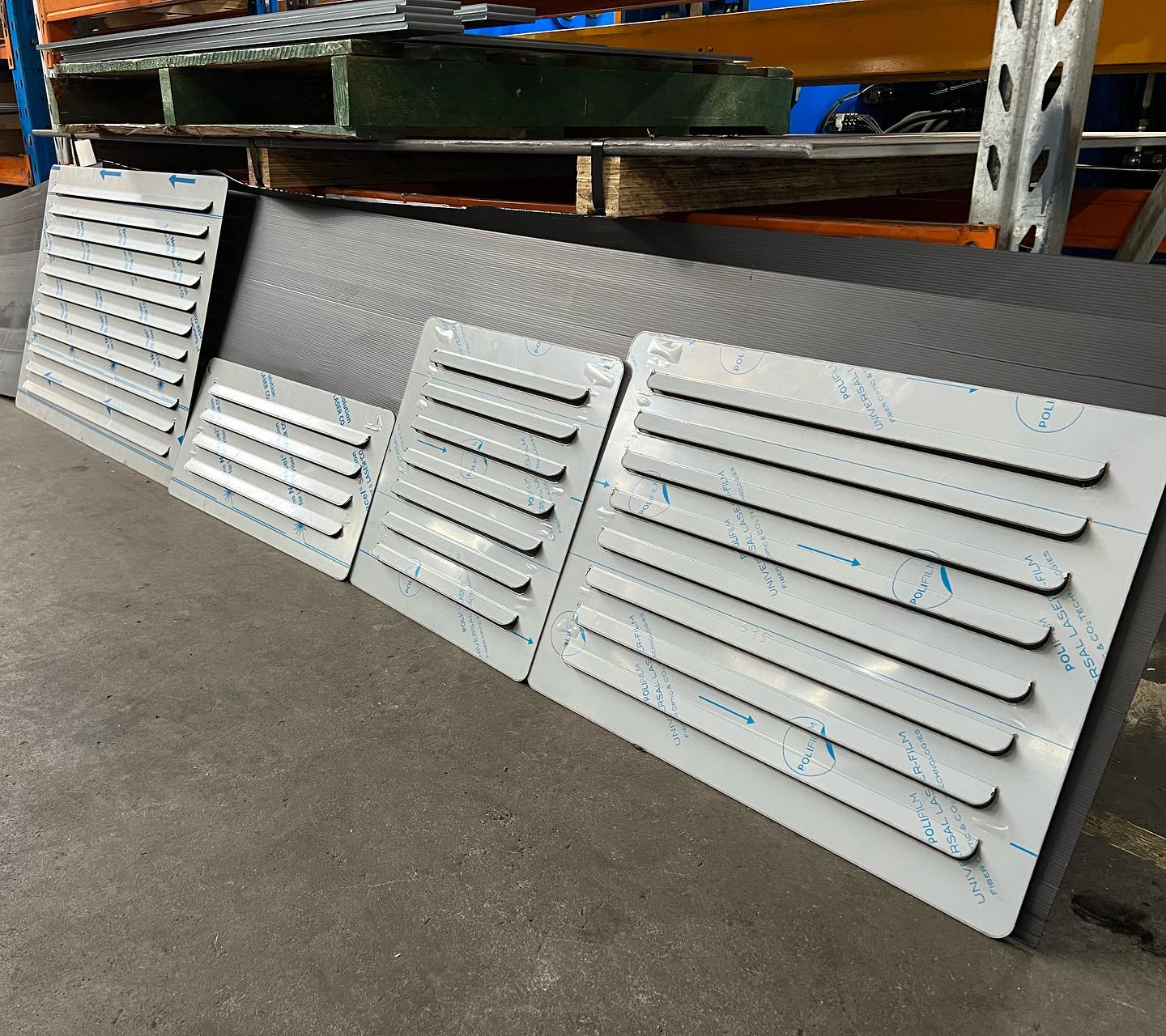Ventilation Louvres by Jonda: A Vital Component for Energy-Efficient Buildings
April 8, 2024
Uncover the importance of ventilation louvres by Jonda for energy-efficient buildings. Know how these components enhance airflow and reduce energy use.
Innovative solutions like ventilation louvres are maximised by many architects and builders to enhance the environmental performance of buildings. Ventilation louvres are utilised by the said experts as they help promote airflow, improve indoor air quality, and reduce energy consumption. Available at Jonda, know how these things create healthier and more sustainable built environments.
An Overview of Ventilation Louvres
Ventilation louvres are components installed in building facades or openings to facilitate airflow, improve indoor air quality, and regulate temperature. They are often comprised of angled slats or blades that allow air to pass through while preventing the ingress of water, debris, or pests.
Louvres can be fixed or adjustable, and they are strategically positioned to harness natural ventilation and promote passive cooling within buildings. They are essential for enhancing energy efficiency, reducing the reliance on mechanical ventilation systems, and creating healthier and more comfortable indoor environments. Ventilation louvres are commonly used in commercial, industrial, and residential buildings to promote sustainable building practices and improve occupant comfort.
Improve Airflow with Jonda Louvres
Jonda offers ventilation louvres to ensure buildings in Australia receive optimised airflow. They are available in three types: standard, gable, and round. With our well-designed and highly customisable ventilation louvres, expect to attain the following benefits.
• Enhanced Natural Ventilation: Our ventilation louvres can facilitate natural airflow by allowing fresh air to enter and stale air to exit the building. Positioned strategically on building facades or openings, they harness prevailing winds and pressure differentials to create a natural ventilation system that promotes air circulation and thermal comfort indoors.
• Minimised Heat Build-Up: During hot and humid weather, heat build-up can pose significant challenges for building occupants, leading to discomfort and increased energy consumption for cooling. Our ventilation louvres mitigate heat gain by allowing hot air to escape from the building, preventing heat accumulation and reducing the need for mechanical cooling systems.
• Controlled Indoor Humidity: Excessive humidity levels can compromise indoor air quality and contribute to the growth of mould and mildew, posing health risks to occupants. Jonda ventilation louvres aid in moisture management by facilitating the exchange of humid indoor air with drier outdoor air, maintaining optimal humidity levels and preventing moisture-related issues.
• Improved Daylighting: Beyond promoting airflow, our ventilation louvres also help in optimising daylighting strategies within buildings. By incorporating louvres with adjustable blades or orientation, you can control the penetration of natural light into interior spaces, reducing the reliance on artificial lighting and enhancing energy efficiency.
Energy Efficiency and Sustainability
As mentioned, the integration of ventilation louvres into your building design can reduce the reliance on mechanical ventilation and air conditioning systems, which leads to significant energy savings. By harnessing natural ventilation and passive cooling techniques, your building can minimise its environmental footprint and operating costs over the long term.
As the demand for energy-efficient construction practices grows, these components will continue to be recognised as vital parts of achieving sustainable building designs that prioritise occupant well-being and improve relationships with the environment.
If you want to achieve an energy-efficient and sustainable building, invest in ventilation louvres from Jonda today! By optimising airflow, minimising heat build-up, controlling indoor humidity, and enhancing daylighting, Jonda louvres can significantly contribute to improved occupant comfort, reduced energy consumption, and enhanced environmental performance of your building.

